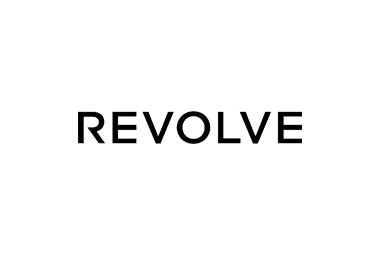

CreditWise is free for everyone and alerts you when something meaningful changes on your TransUnion® and Experian® credit reports. You can also monitor your credit score with CreditWise from Capital One.

REVOLVE BANK HOW TO
Did you know you’re entitled to free credit reports from each of the major credit bureaus? Learn how to get free copies of your credit reports from. And you might even be able to help boost your credit score by consistently making on-time payments. By steering clear of late payments, you can avoid late fees. Because these debts are costing you the most money, it might be a good idea to increase your payments to your higher interest accounts. Consider paying off higher interest accounts first.It might help you lower your balance more quickly. Whenever possible, pay more than the minimum amount due. But if you do have a balance, make sure to keep in mind what you already owe when you think about spending more. This is a good tip whether you carry a revolving balance or not. How to Stay in Control of Revolving CreditĪ few simple steps can help you pay down a revolving balance and might even help your credit score moving forward. And it’s always a good idea to make sure you understand the terms of any credit agreement you enter into. The specifics of how your revolving or nonrevolving credit account works can vary. But many nonrevolving credit agreements are for one specific purpose, like buying a car or a house. A credit card, for example, can be used for a wide variety of purchases. Flexibility: Revolving credit might give you more flexibility, too.And in some cases, there might be a penalty for paying off the loan ahead of schedule. Payments: Nonrevolving credit accounts are generally repaid in regular, equal payments-or installments-over a specific period of time.With nonrevolving credit, you’ll likely owe the same amount each billing cycle. And with revolving credit, your minimum payment might change depending on your balance. Interest rates: Revolving credit might also have a higher interest rate than nonrevolving credit has.Some common types of installment credit include auto loans, mortgage loans and student loans. Nonrevolving credit is also known as installment credit. And the account is closed permanently after it’s paid off. But with nonrevolving credit, you can borrow the amount only once. closed ended: With revolving credit, you can use the line of credit repeatedly-up to a certain credit limit-for as long as the account is open. But there are a few other differences that you should be aware of, too. The major difference between revolving and nonrevolving credit is whether the credit account can be used on a recurring basis. What’s the Difference Between Revolving and Nonrevolving Credit? It’s important to note that a HELOC is different from a home equity loan, which is typically a lump sum of money with a fixed interest rate that you borrow once. And since it’s open ended, you can borrow and repay the money multiple times as long as you don’t exceed the credit limit. Home equity line of credit: According to the CFPB, a home equity line of credit (HELOC) is an open-ended credit account that lets you borrow money against the value of your home.Instead, you might get the funds in the form of a check or a direct deposit into your bank account. Personal line of credit: A personal line of credit is similar to a credit card.Some credit cards come with rewards and benefits you can use to your advantage. Credit cards: Many people use credit cards to make everyday purchases or pay for unexpected expenses.Credit cards, personal lines of credit and home equity lines of credit are some common examples of revolving credit accounts.


 0 kommentar(er)
0 kommentar(er)
